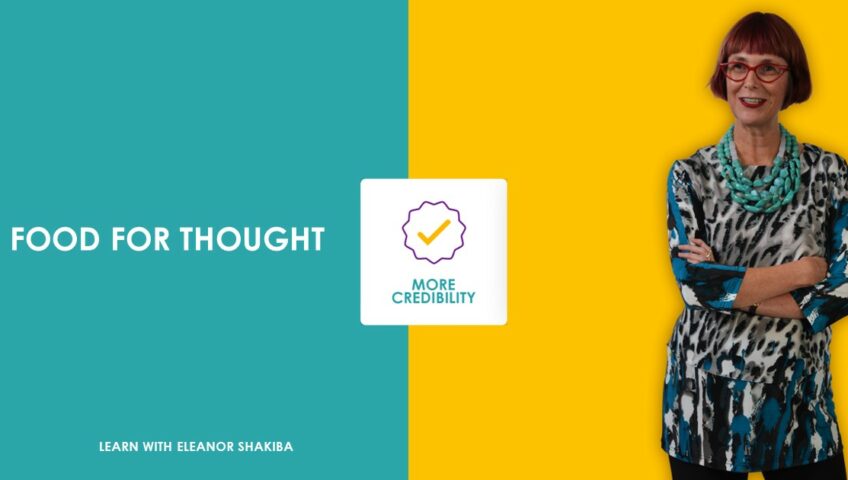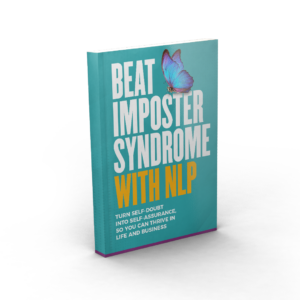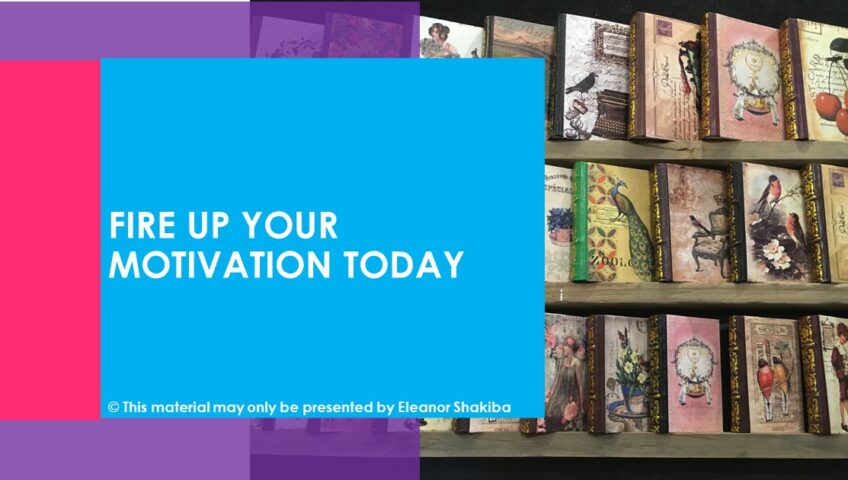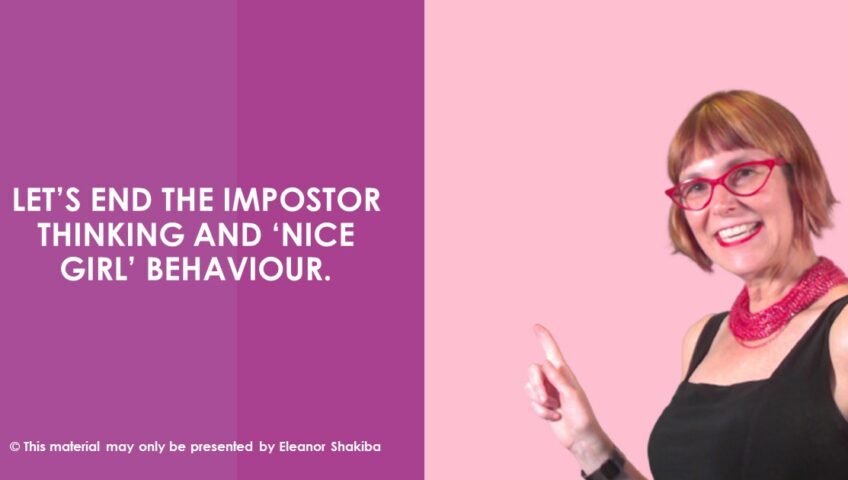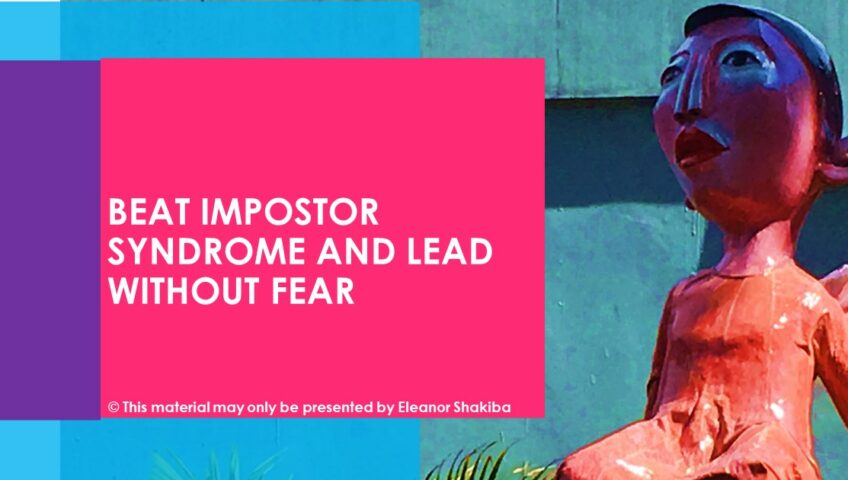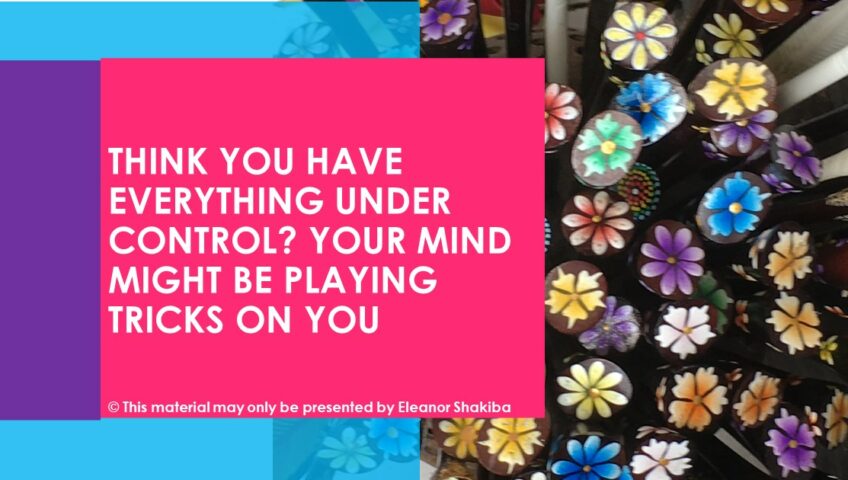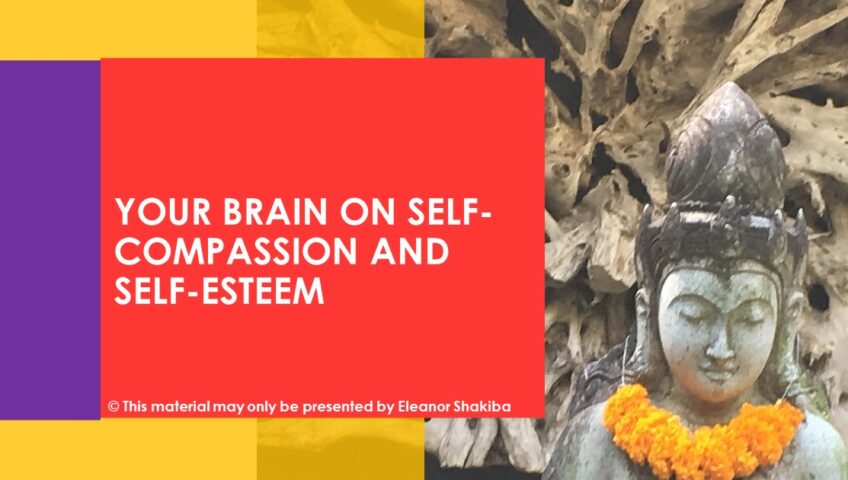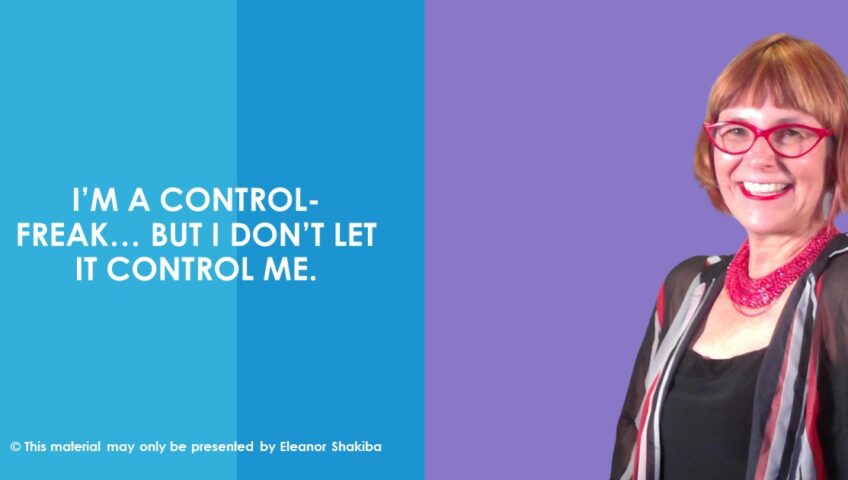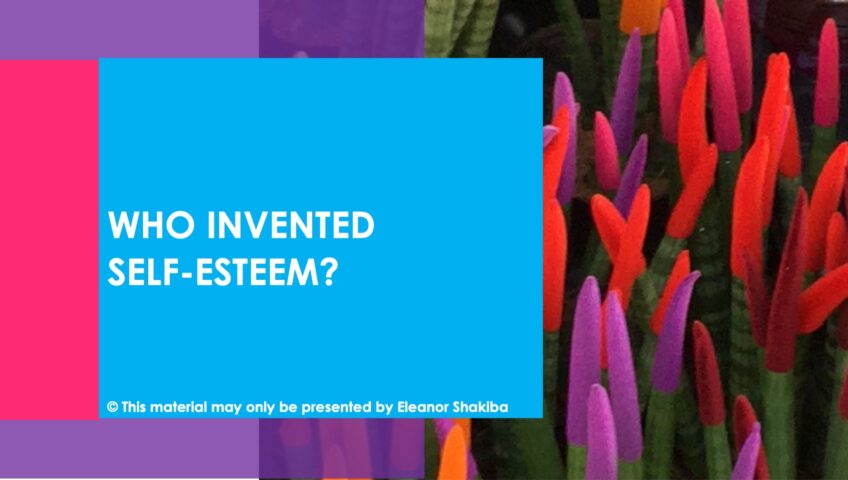INSTRUCTIONS
Make sure you are logged in as Eleanor before you start.
Only use this template for Credibility Interesting Articles.
Duplicate this template. Then delete these instructions (everything in italics) from the draft post. Do not delete image or signup form from the bottom of the page. There is a line at the bottom of the section you are deleting.
Then follow this procedure to set up the post.
1. Check the template settings are correct
- The settings for the post have been preset in this template. However, you need to double check them.
- Check the Blog2Social Autoposter section in the right hand column of this page. Confirm that the Autoposter is actived. Make sure enable Auto-Posting is ticked. Check that Facebook and Linkedin is selected under Select network collection.
- Check the Publish section of the right hand column on this page. Make sure the status is set to Draft.
- set the publication date specified in the content calendar for this article. This is done by clicking on the Edit link under Publish Immediately. Choose the date from the calendar. Do not change the time of publication, which is preset at 1.00.
- Click OK to ensure the change of date has been processed. Check this visually.
- Check that the category section (on the right hand column of this page) is set to Credibility Interesting Articles.
- Check the featured image shows the standard image for Credibility Interesting Articles.
2. Prepare the source document and paste the content into WordPress.
- Paste the article title into the title field (above). Do not type manually. This prevents typos as the source document has been proofed.
- Remove any extra paragraph markers from the source document in word. To do this, do a find and replace search. In the replace screen (in Word) choose ‘special’ and then select ‘paragraph’. Replace it with nothing (ie leave the replace field empty).
- Paste the top 1/3 of the article above the converkit signup bar in this template.
- Make sure bold sections in the source document are bold in wordpress.
- Check that there are NO extra lines between paragraphs. There should only be one line dividing paragraphs.
- Paste the remaining article content (including author bio) between the signup bar and the Eleanor bio bar. Make sure bold sections in the source document are bold in wordpress.
3. Save the post
- Save the post and then schedule it.
- Go to the Publish section of the right hand column on this page.
- Click the Preview button and make sure the post looks OK. Check author bio and signup form sections are in the correct spots
- Then click on the Schedule button in the Publish menu (this will replace the Publish button when you have correctly set up a date for publication)
—————————————————————————————————-
PASTE FIRST 1/3 OF ARTICLE HERE
Free e-book and video tips.Get your copy today!
|
|
PASTE REMAINING SECTION OF ARTICLE HERE
This article summary was created by Eleanor Shakiba
Eleanor is a leadership trainer, success coach and people skills expert. She helps managers and business owners build thriving teams and organisations, using tools from Positive Psychology. She's trained more than 60,000 people during her career as a corporate trainer and professional development consultant. Her mission is inspiring talented people to become leaders who make a difference.

